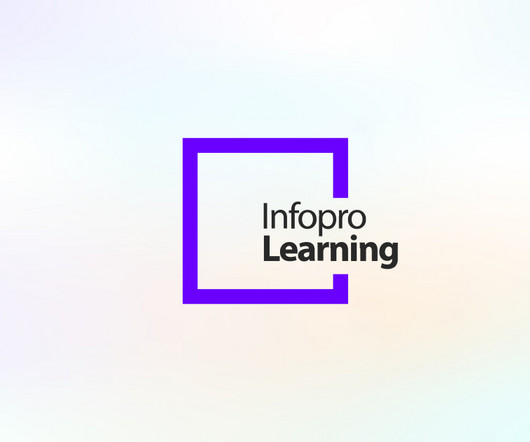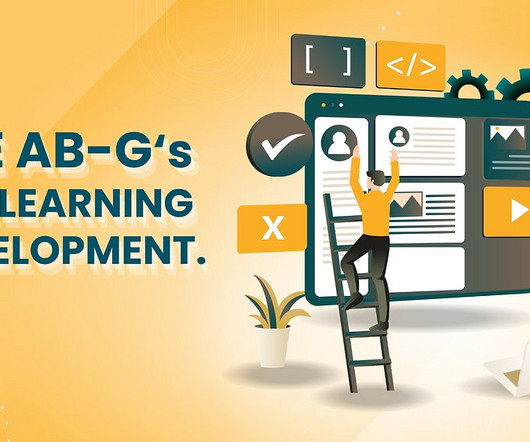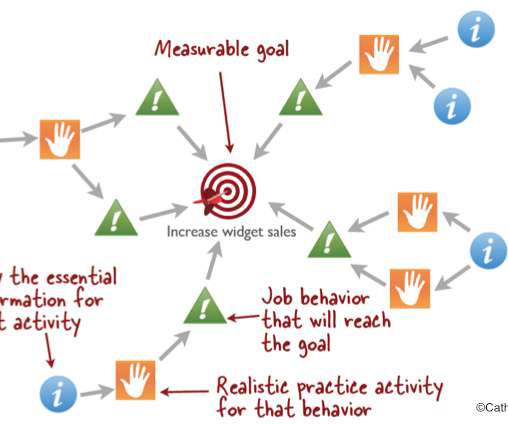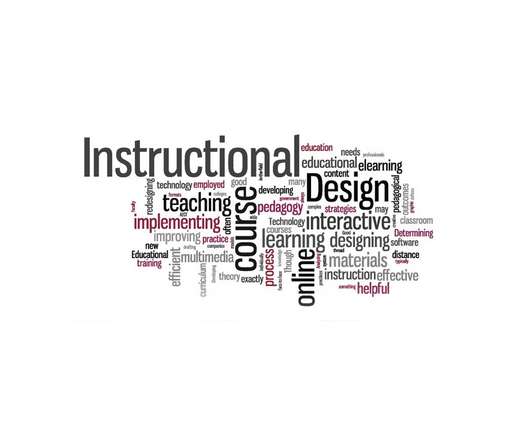eLearning Glossary Part 2: More Commonly Used Terms
Association eLearning
JUNE 9, 2016
ADDIE- The ADDIE model is a process used by instructional designers and training developers offering guidelines for creating effective training. In the first phase, analysis, the problem is defined, the learning goals are established, and the learners preexisting skills are identified. But you weren’t full.










































Let's personalize your content